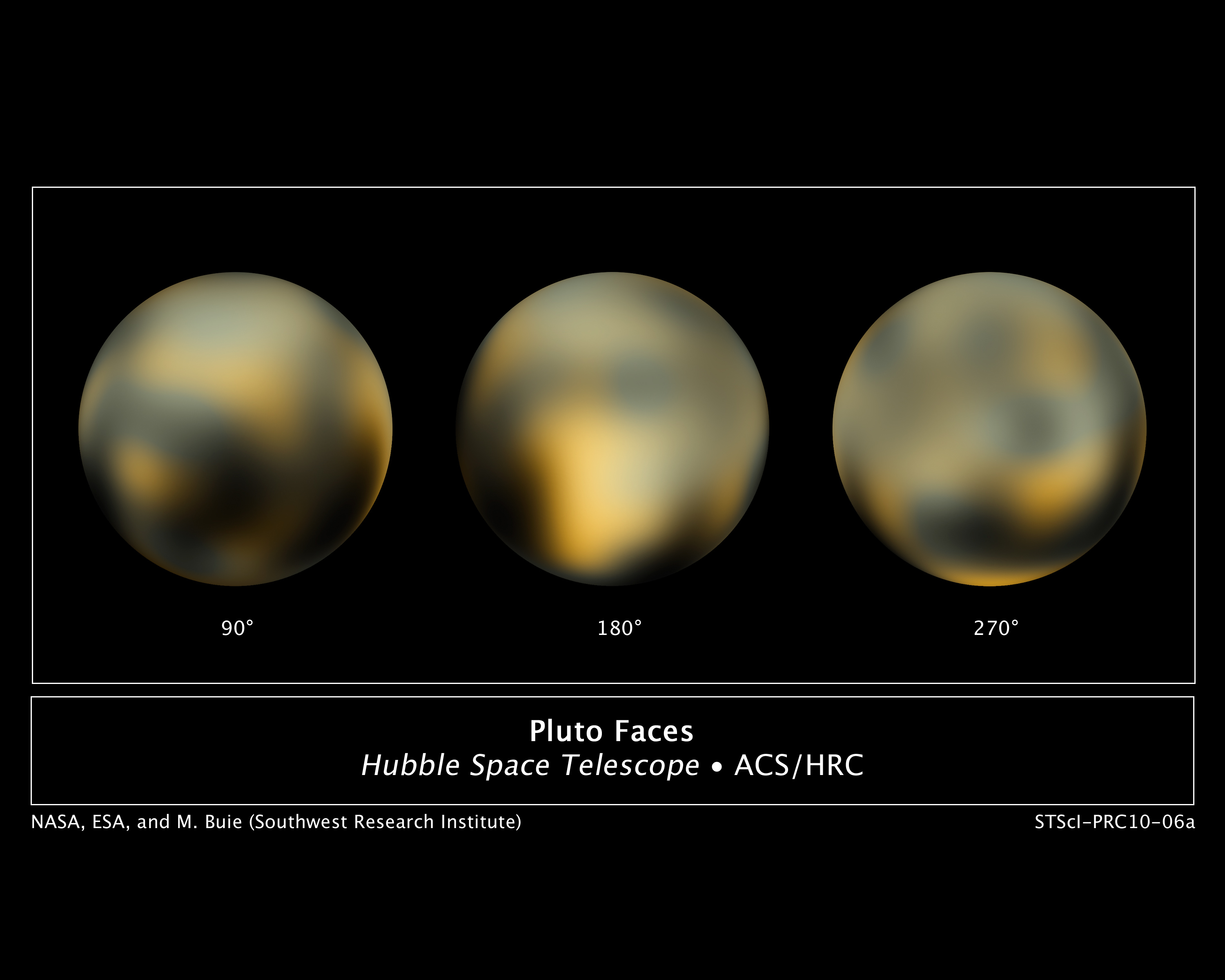







| BOOKS | F. A. Q. | ARTICLES | TALKS | ABOUT KEN | DONATE | BEYOND OUR KEN |
|---|
By Ken Croswell
Published in Scientific American (April 2013, page 25)

In July 2015 the New Horizons spacecraft will venture past the farthest worlds NASA has ever visited, mysterious Pluto and its many moons. As if that achievement were not impressive enough, scientists are already plotting New Horizons's next move, seeking uncharted worlds beyond Pluto for the craft to study close-up.
Pluto is either the largest or second largest member of the Edgeworth-Kuiper belt, a region boasting 1,600 objects that astronomers have discovered and tracked. But New Horizons will not pass close to any of them. Because a good spacecraft is a terrible thing to waste, astronomers are looking for new heavenly bodies for the spacecraft to observe. �We would be happy to find one,� says Alex Parker, an astronomer at the Harvard-Smithsonian Center for Astrophysics. �And we would be ecstatic to find two.�
The search uses telescopes in Hawaii and Chile. Astronomers compare images taken on different nights and identify objects that move. So far the project has netted dozens of small worlds, three of which will come within 10 million to 20 million miles of New Horizons in 2018. From that distance, the spacecraft can search for moons, which reveal the main body's mass by responding to its gravitational pull. But Parker wants more�worlds that the probe can approach from a distance of just a few thousand miles. Then it can scrutinize them the same way it will Pluto.
Unfortunately, such objects are now traveling through the worst constellation in which to find unknown worlds: starry Sagittarius, which harbors the center of our Milky Way. �It's very difficult to see these faint moving objects in front of thousands and thousands of background stars,� Parker says. Still, given the new worlds the search has already found, he is optimistic it will keep New Horizons employed long after it passes Pluto.
Ken Croswell earned his Ph.D. in astronomy from Harvard University and is the author of The Alchemy of the Heavens and The Lives of Stars.
"An engaging account of the continuing discovery of our Galaxy...wonderful." --Owen Gingerich, The New York Times Book Review. See all reviews of The Alchemy of the Heavens here.
"A stellar picture of what we know or guess about those distant lights."--Kirkus. See all reviews of The Lives of Stars here.
| BOOKS | F. A. Q. | ARTICLES | TALKS | ABOUT KEN | DONATE | BEYOND OUR KEN |
|---|